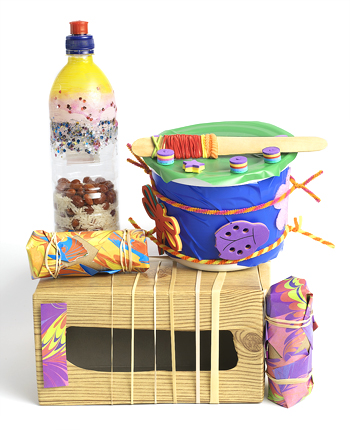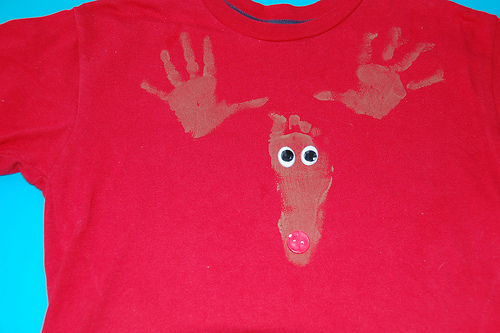How Not to Talk to Your Kids
Â
The Inverse Power of Praise
Â
According to a survey conducted by Columbia University, 85 percent of American parents think it’s important to tell their kids that they’re smart. But recent research conducted by psychologist Carol Dweck at Columbia University strongly suggests it might be the other way around. Giving kids the label of “smart†does not prevent them from underperforming. It might actually be causing it.
Â
Dweck tested New York City-area fifth-graders, randomly pulling them out of the classroom for an easy nonverbal IQ test. Afterwards, each student was given his score and one line of praise. Half of the kids were praised for their intelligence and were told, “You must be smart at this.” The other half were praised for their effort: “You must have worked really hard.” Then they were offered a choice of tests: a more difficult one that would teach them something, or another easy one like the first. Of those praised for their effort, 90 percent chose the harder set of puzzles, while the majority of those praised for intelligence opted for the easy test. The “smart” kids took the cop-out.
Â
Why did this happen? “When we praise children for their intelligence,” Dweck wrote, “we tell them that this is the name of the game: Look smart, don’t risk making mistakes.” And that’s what the students had done: They’d chosen to look smart and avoid the risk of being embarrassed.
Â
“Emphasizing effort gives a child a variable that they can control,†Dweck explains. “They come to see themselves as in control of their success. Emphasizing natural intelligence takes it out of the child’s control, and it provides no good recipe for responding to a failure.â€
Â
By and large, the literature in praise shows it can be effective – a positive, motivating force. But all praise is not equal and the effect of praise can vary significantly depending on the praise given. So how should we praise our kids? Here are three guidelines:
Â
1. Praise should be sincere. Only young children—under the age of 7—take praise at face value: Older children are just as suspicious of it as adults.
Â
2. Praise should be specific. After a soccer game, praise your child for looking to pass or working hard to get the ball instead of just saying “you did great!”
Â
3. Praise effort, not ability. If your child aces a test, praise the time she spent studying instead of telling her she did well because she’s smart.









